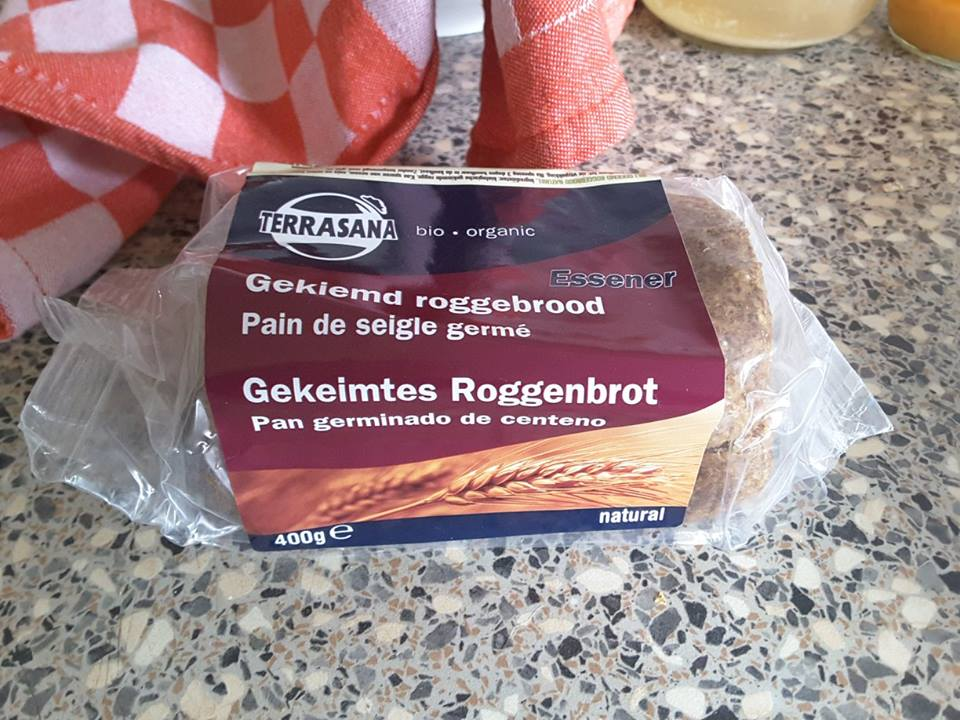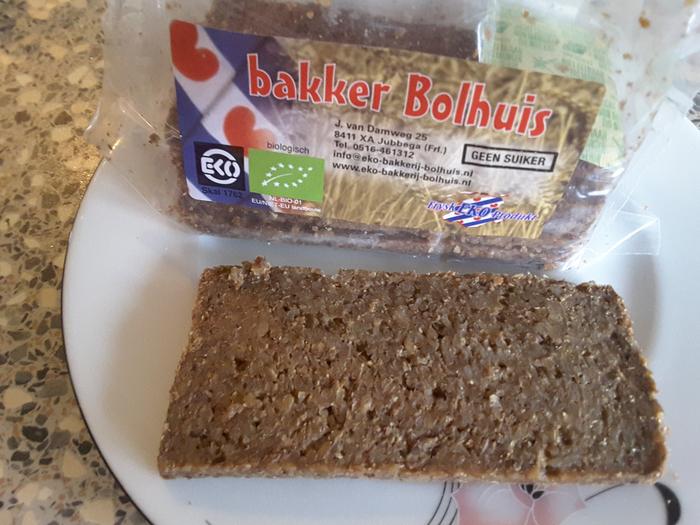
 6
6




Best luck: satisfaction
Greatest curse, greed
 2
2




Southern Ontario, Canada
www.smallbones.ca












"Also, just as you want men to do to you, do the same way to them" (Luke 6:31)




Best luck: satisfaction
Greatest curse, greed










Thekla McDaniels wrote:... Inge,can you post a photo of what the bread you get at your deli,German or Dutch, looks like? I've never seen any I did not make, and believe there may be useful information for me in seeing the real stuff. Also, can you tell what's on the list of ingredients ? Thanks
"Also, just as you want men to do to you, do the same way to them" (Luke 6:31)




Best luck: satisfaction
Greatest curse, greed
 2
2








Best luck: satisfaction
Greatest curse, greed








Best luck: satisfaction
Greatest curse, greed






 1
1






"Also, just as you want men to do to you, do the same way to them" (Luke 6:31)




Best luck: satisfaction
Greatest curse, greed










Thekla McDaniels wrote:.... It is amazing to see how little whole kernels remain, ....
"Also, just as you want men to do to you, do the same way to them" (Luke 6:31)




Best luck: satisfaction
Greatest curse, greed




Medicinal herbs, kitchen herbs, perennial edibles and berries: https://mountainherbs.net/ grown in the Blue Mountains, Australia




Medicinal herbs, kitchen herbs, perennial edibles and berries: https://mountainherbs.net/ grown in the Blue Mountains, Australia




Best luck: satisfaction
Greatest curse, greed











"Also, just as you want men to do to you, do the same way to them" (Luke 6:31)
 2
2




Best luck: satisfaction
Greatest curse, greed




Best luck: satisfaction
Greatest curse, greed




 )
)
Best luck: satisfaction
Greatest curse, greed




Medicinal herbs, kitchen herbs, perennial edibles and berries: https://mountainherbs.net/ grown in the Blue Mountains, Australia




Best luck: satisfaction
Greatest curse, greed
 3
3




Angelika Maier wrote:Another name is pumpernickel
![Filename: rugbr-d.jpg
Description: Rugbrød [Thumbnail for rugbr-d.jpg]](/t/66366/a/52527/rugbr-d.jpg)
![Filename: br-dform.jpg
Description: [Thumbnail for br-dform.jpg]](/t/66366/a/52528/br-dform.jpg)
 1
1




Best luck: satisfaction
Greatest curse, greed




Best luck: satisfaction
Greatest curse, greed




Medicinal herbs, kitchen herbs, perennial edibles and berries: https://mountainherbs.net/ grown in the Blue Mountains, Australia




Best luck: satisfaction
Greatest curse, greed




I'm only 65! That's not to old to learn to be a permie, right?
 2
2





I am only one, but still I am one. I cannot do everything, but still I can do something; and because I cannot do everything, I will not refuse to do something that I can do. (E.E.Hale)










Anita Martin wrote:As this thread popped up again, I wanted to add a smart-ass comment that Vollkornbrot in German simply means bread baked with wholemeal flour instead of white flour. Whether part of the berries are left whole or not does not make a difference.
I have a great recipe for spelt bread that has part of the spelt as whole berries (plus sunflower seeds). My son loves it as well so I guess I will make it these days.
And btw traditional pumpernickel does not contain whole rye berries either, they are coarsely milled. You don't actually bake it but steam it over a long period of time (e.g. taking advantage of the remaining heat of a woodstove). It develops a lot of caramelized flavour and is very dark without any additives.
I didn't grow up on pumpernickel so I am not totally keen on it but I had a time when I liked to munch on the round "party pumpernickels".

"Also, just as you want men to do to you, do the same way to them" (Luke 6:31)




Anita Martin wrote:As this thread popped up again, I wanted to add a smart-ass comment that Vollkornbrot in German simply means bread baked with wholemeal flour instead of white flour. Whether part of the berries are left whole or not does not make a difference.
Best luck: satisfaction
Greatest curse, greed










Thekla McDaniels wrote:
Anita Martin wrote:As this thread popped up again, I wanted to add a smart-ass comment that Vollkornbrot in German simply means bread baked with wholemeal flour instead of white flour. Whether part of the berries are left whole or not does not make a difference.
Yes, I know, Anita. It's like English speakers saying "whole wheat" or "whole grain". No way was that going to be a good name for this bread. When I started making it,I had no idea what to call it. A woman I knew at the time loved the bread. Her father had been a baker. When I asked her, she gave the name vollkornbrot.
We ought to rename it something along the lines of "whole kernel sprouted grain bread" which ought to combine into a wonderful long characteristically German compound word. :-)
You, or any German mother tongue speaker, provide the appropriate translation and I will happily go with it!
Thanks
"Also, just as you want men to do to you, do the same way to them" (Luke 6:31)
 1
1




I am only one, but still I am one. I cannot do everything, but still I can do something; and because I cannot do everything, I will not refuse to do something that I can do. (E.E.Hale)
 2
2




I am only one, but still I am one. I cannot do everything, but still I can do something; and because I cannot do everything, I will not refuse to do something that I can do. (E.E.Hale)






 3
3





"Also, just as you want men to do to you, do the same way to them" (Luke 6:31)
 8
8




 4
4




Best luck: satisfaction
Greatest curse, greed

|
Something must be done about this. Let's start by reading this tiny ad:
Learn Permaculture through a little hard work
https://wheaton-labs.com/bootcamp
|








